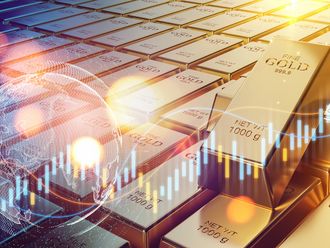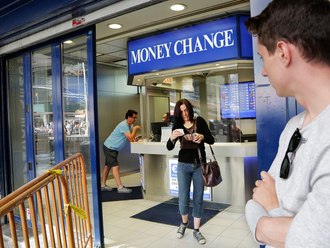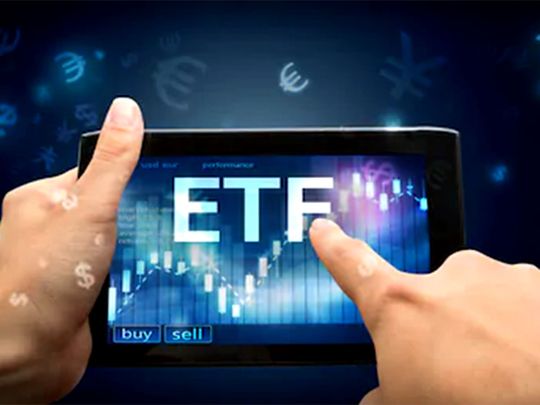
An exchange-traded fund (ETF) like the name suggests is a fund with a pool or basket of investments (like stocks, commodities, or bonds) that trades on a stock exchange.
By being a marketable or tradeable asset in itself, it has a listed price that allows it to be easily bought and sold. The price of an ETF will change throughout a trading day as like any company’s stock whose shares are bought and sold on the market.
The price of an ETF will change throughout a trading day as like any company’s stock whose shares are bought and sold on the market.
ETFs versus Mutual Funds
ETFs are in many ways similar to mutual funds. So one could clearly understand what an ETF is by comparing it with a mutual fund.
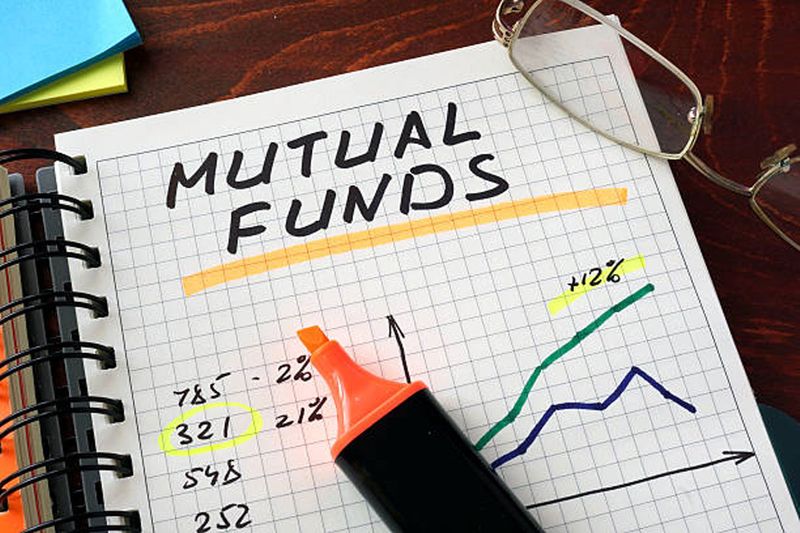
Both types of funds consist of a mix of many different assets (investments) and represent a common way for investors to diversify their portfolio (injecting all your cash in one investment and hoping for returns proves risky).
While ETFs can be bought and sold like stocks, mutual funds only can be bought at the end of each trading day at a price calculated based on the value of the assets in the fund.
There are differences also in the way they are managed. Majority of the ETFs are passively managed, as only a minority of actively managed funds beat the market. Mutual funds usually are actively managed.
Mutual funds also tend to have higher fees and charges than ETFs, reflecting, in part, the higher costs of being actively managed.
How to buy ETFs
ETFs are bought and sold like stocks. Here is an example to help walk you through the process.
As is the concept of any general buying and selling, there is the ‘bidding’ price from buyers and the ‘asking’ price from sellers when it comes to buying ETFs on any platform. So when you go to buy an ETF you do not place an order for $10,000 (Dh36,729.70). If you want to invest that amount you need to determine the number of shares to buy.
To start, for an ETF that you are interested in, look at the ‘bid’ and ‘ask’ price provided on any trading platform you are using. What you will end up paying will be somewhat close to both those numbers.
Let’s say that the bid for an ETF that you are interested in is $45.15 (Dh165.83) and the asking price is $45.18 (Dh165.94). Divide $10,000 by the ask price $45.18 and you get 221.34 shares. You would then place an order for 221 shares. A short time later your order will be filled and you will learn the exact price that was paid.
Let’s say that the order was filled at $45.17 (Dh165.91). You will pay $9,982.57 (Dh36665.68) for the shares and there will be a transaction fee from your advisor to place the order. Let’s say it was $9 (Dh33.06) for the trade. Therefore you paid a total of $9,991.57 (Dh36698.74) for your 221 shares of the ETF.
Knowing the ’spread’
It is vital you know at this stage what a ‘spread’ is.
The ‘spread’ is the difference between the highest available ‘buy’ price and the lowest available ‘sell’ price. This can vary based on the volume of selling and the demand for the shares in the market on any given day.
While the bid-ask spread might be less than 1 fils in the case of widely traded ETF’s, the difference in the buying and selling price or the spread will be wider for a less liquid ETF (in which assets cannot easily be sold or exchanged for cash without losing money). The wider the spread, the bigger the immediate loss upon buying the ETF.
A common tip offered for ETF investors is if you are going to buy a large order of a lightly traded ETF, you would be well served to buy in several smaller orders to avoid a big increase in the ‘spread’.
(While the definition of a ‘large order’ can vary, it generally refers to anything above 5,000 or 10,000 shares – anything lesser would be a ‘small order’.)
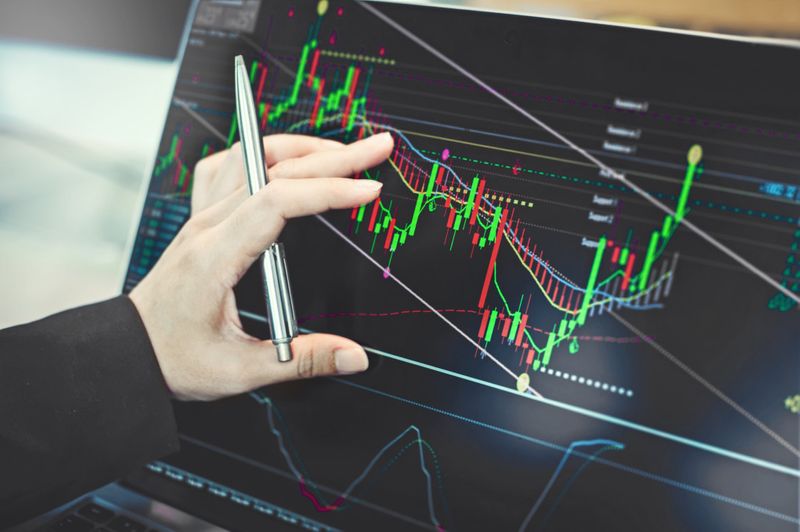
Suggest you talk to your advisor about this if you are still feel unsure with this topic.
Various diverse types of ETFs
• Market ETFs: Designed to track a particular index in the market like the S&P 500 or NASDAQ
• Bond ETFs: Designed to provide exposure to virtually every type of bond (essentially loan contracts) available; treasury, corporate, municipal, international, high-yield and several more
• Sector and industry ETFs: Designed to provide exposure company stocks in a particular industry, such as oil, pharmaceuticals, or high technology
• Commodity ETFs: Designed to track the price of a commodity, such as gold, oil, or corn
• Style ETFs: Designed to track an investment style or market capitalization focus, such as large-cap value or small-cap growth
• Foreign market ETFs: Designed to track non-US markets, such as Japan’s Nikkei Index or Hong Kong’s Hang Seng index
• Inverse ETFs: Designed to profit from a decline in the underlying market or index. (Essentially means to buy stocks when the market price is low and selling it at a profit when the market prices bounce back.)
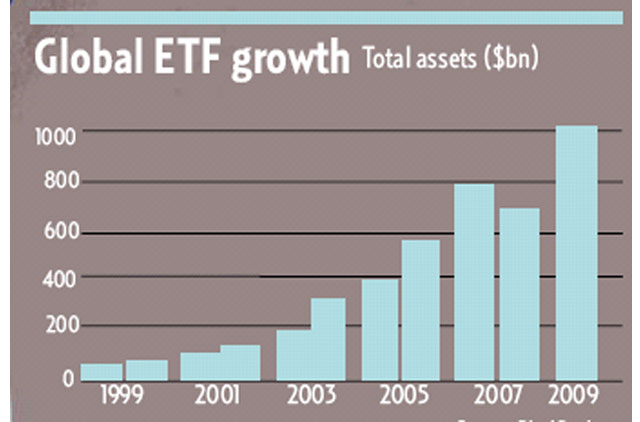
Perks of investing in ETFs
The appeal of ETFs to individual investors is as follows:
Buy and sell any time: Unlike other funds, because ETFs are treated like a stock trade, you can buy and sell it at any time of the day, which is the main reason it became quite popular.
ETFs can be traded even before and after market hours with the help of Day Trading ETFs.
Lower costs: Since an ETF trades like stocks, you can buy a diversified portfolio with the same low commission (typically $5 or Dh18) as you would pay for a stock. For example, while the average US stock mutual fund charges 1.42 per cent in annual expenses, the average stock ETF charges just 0.53 per cent.
For example, while the average US stock mutual fund charges 1.42 per cent in annual expenses, the average stock ETF charges just 0.53 per cent.
Better Transparency: ETFs are evidently seen as more transparent than other funds, mutual funds in particular. By custom, most ETFs disclose their full portfolios on public, free websites every day of the year. Mutual funds are only required to disclose their portfolios on a quarterly basis.
More tax efficient: Because they’re index-tracked funds, most ETFs have very little turnover, and thus amass far fewer capital gains (profits made from sale of investments) than an actively managed mutual fund would.
When any other fund’s investors ask for their money back, the fund must sell securities to raise cash to meet that need. But when an investor wants to sell an ETF, it is simply sold to another investor like a stock on the platform.
Diversification: There are now hundreds of ETFs trading on stock exchanges. The wide variety covers all major indices, sectors, industries, sizes (i.e. large cap, mid-cap, small-cap, micro-cap, etc.), different types of markets (i.e. developed, emerging, and frontier markets) or specific countries.
Risks of trading in ETFs
Some of the main problems an investor faces when trading in ETFs include:
Market risk: The single biggest problem in ETFs is the risk of an ETF trading frequently in the market. The markets go up and they also go down. ETFs are only a wrapper for their underlying investments.So if you buy an S&P 500 ETF and the index S&P 500 goes down 50 percent, there is no way to curb your losses.
Tax risk: Although ETFs are known to be tax efficient, there has always been a prevailing risk factor when it comes to trading a physical commodity. An ETF SPDR Gold Trust (GLD) holds gold bars and tracks the price of gold almost perfectly.
But if you buy it and hold it for one year or trade it like a stock, you're taxed by your government based on what it holds: gold bars – a physical commodity that is applicable to different tax laws.
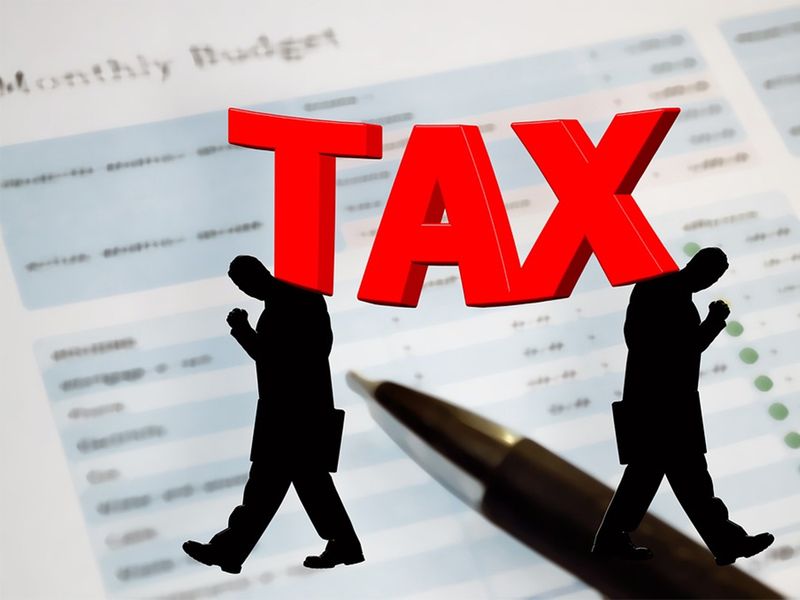
Shutdown risk: When an ETF is shut down, shareholders are paid in cash. But often there are transaction costs, discrepancies in payouts and various other grievances. There was a rare instance when a fund company even stuck shareholders with the legal costs of closing the fund. Mostly, advisers recommend you sell out of an ETF as soon as it announces its closing.
Believing the hype: While there are a lot of great new ETFs that come to market, you should be wary of anything that sounds “too good to be true”. Study the marketing materials closely, work to fully understand the underlying index's strategy and don't trust any projected returns.
Mostly, advisers recommend you sell out of an ETF if it announces it is shutdown to avoid risk.
For example, if the new trendy-sounding Social Media/3-D Printing/Machine Learning ETF is not for the core of your portfolio, don’t opt for it.
ETF-trading risk: Unlike mutual funds, you can't always buy an ETF with zero transaction costs. Spreads can vary over time as well, being small one day and wide the next. Trading costs can quickly eat into your returns.
Understand an ETF's liquidity before you buy, and always trade with limit orders (an order to buy or sell a stock at a specific price – the order can be filled only if the stock's market price reaches or drops to the limit price set).




